People are always asking me how hard my patterns are to make. The majority of them are quite simple. I usually tell people that if they’ve ever followed a sewing pattern before, they should be just fine. The responses I get are interesting, but what I find even more fascinating is how easily the responses can be categorized. People about age 45 and up typically nod their heads and feel comfortable following a pattern. Those of the younger generations typically stare at me like a deer in headlights.
The more I think about it, the more convinced I am that their responses have less to do with sewing experience and more to do with technology.
We live in an age where free tutorials are available on just about anything you want to learn. I love it! While I learned basic sewing technique from my mom, most of my more polished skills I learned from YouTube videos and blog articles. It’s such a great opportunity both for those who want to teach and those who want to learn.
It does, however, create a bit of a learning gap where sewing patterns are concerned. My mom’s generation learned to sew with a printed pattern next to them- reading it was one of the first things they had to know how to do. My generation could sew a whole lifetime following nothing but step by step photo tutorials from a favorite blog.
Again, there’s nothing wrong with online tutorials. I love them! But I hate that so many sewists my age feel held back by the fact that they never learned a basic skill. So today I want to fill that gap- this one’s for all of you avid online tutorial followers who are a little overwhelmed when it comes to following an official pattern 🙂
First off, sewing patterns themselves can look a little different. Some come in white envelopes full of tissue paper, others are stuffed into clear plastic bags. The main bits of information should be found in about the same area. The front will have an image of the finished product. If there are several variations or items included in the pattern they may be shown on the front, or back of the pattern so be sure to look on both sides to see what you’re getting. If you are making an article of clothing, the sizes included in the pattern should be shown on the front of the pattern cover.
On the back of the pattern cover you’ll find a list of necessary materials needed to create the item. A pattern that includes instructions to make several items, like the pattern on the left, will list the materials needed for each item. In my opinion, this makes the back of the pattern look a bit daunting. I mean what is that , like size 4 font? It’s tiny and there’s a lot of it- but since you’re probably not making all 7 of the variations included, you can let out your sigh of relief as soon as you realize you only need to pay attention to a small part of the list.
Inside the patterns you’ll find pattern pieces and instructions. If your pattern came in a white envelope like the one on the left, you’ll likely find your instructions on off white paper and the pieces on tan tissue paper.
The instructions should take you through every step of the process, so you can go ahead and begin with reading them. If your pattern includes instructions for several items, you’ll only need the instructions for the object you’re making. It could be labeled with a Letter (see above), with the name of the object, or both.
Most likely the first thing your pattern will have you do is cut out your fabric. There may be a diagram of how to lay out your pattern pieces (above right), which can be helpful (but is not necessary, so don’t stress over following the cutting diagram exactly!). Either way, the instructions for cutting should be written on each piece.
As you cut your pieces according to the instructions listed, you may notice a lot of markings printed on the pieces. The meaning of each marking should be listed somewhere on the pattern (usually right there by the piece or on the instruction sheet). Here’s the meaning of a few of them to get you started.
- The dashed line just inside the bold, outer line is the sewing line. On the pattern below, you’ll cut each piece on the solid bold like and then sew on the dashed line. You don’t have to mark the dashed line on your fabric or anything, the pattern is just telling you how big to make seam (called seam allowance). Once you know that, you should have a marking on your sewing machine to follow as you sew. If the pieces don’t have a dashed line marked on the pieces, be sure to read the cutting instructions carefully. The instructions may tell you that a specific seam allowance is included in the pieces, or that you need to add a seam allowance when you cut your pieces.
- The arrows represent the grain line. If you look at your fabric, you’ll likely see the threads woven together, half running up and down, the other half running left to right (this is easiest on cotton or linen fabric). Pretend you cut your fabric in a perfect square, with the top and bottom of the square running exactly parallel with the threads running left to right, and the sides running parallel with the threads going from the top to bottom. If you pulled two opposite sides of your square, your fabric wouldn’t have much give. But if you pulled opposite corners of your square, the fabric would stretch quite a bit. These arrows help you line up your pattern pieces with the grain line so that each one stretches in just the right way. To line up your pieces with the grain line correctly, place the arrow parallel to the selvege edge (the one side of your fabric that look finished and can not unravel) of your fabric.
- Cut 2: unless otherwise noted, if the pattern says to cut an even number of pattern pieces (like the the Horn piece that says Cut 2 below) it is assumed that you’ll cut both pieces at the same time, with your fabric folded in half, like sides together. When you cut your pieces like this, you’ll get two pieces that are mirror images of each other.
All we have left are the instructions, which, believe it or not, are the easiest part of the pattern! Instructions will typically include a written explanation and an image to illustrate what is going on in the written instructions. The instructions for sewing patterns are supposed to be written so they are easily understood, so if you can not figure out what the pattern writer means, it’s likely to be the pattern’s fault, not you!
I’m hoping that now we’re at the end you’re thinking- Wait? Is that it?! Sewing patterns really are written to help explain things, not to add confusion to the process. Next time you start a sewing project, try out a real pattern! I think you’ll find they’re easier to use than you might expect.
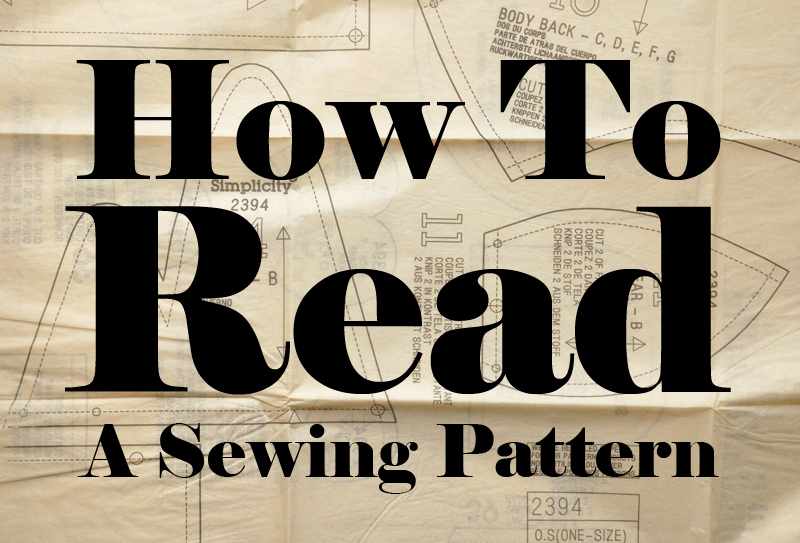
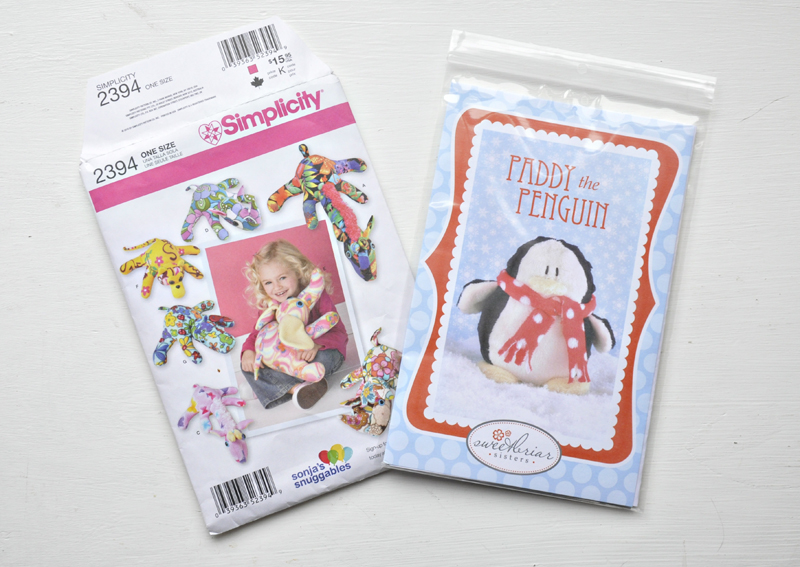
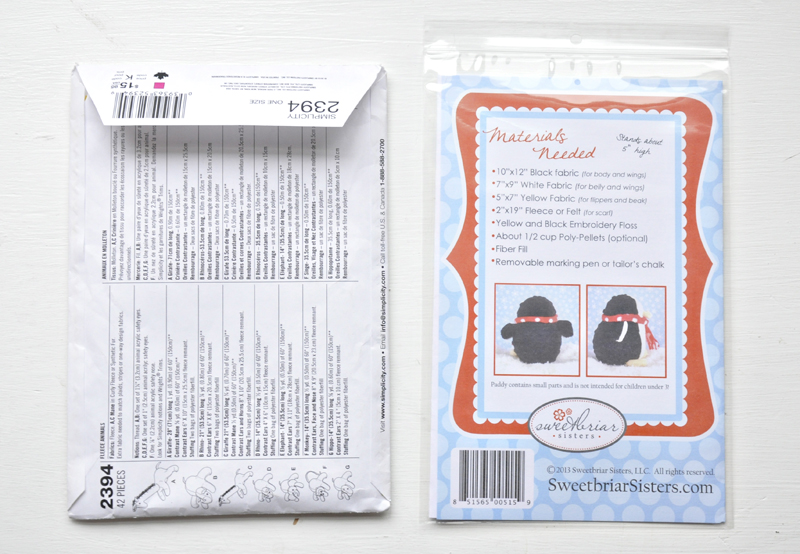
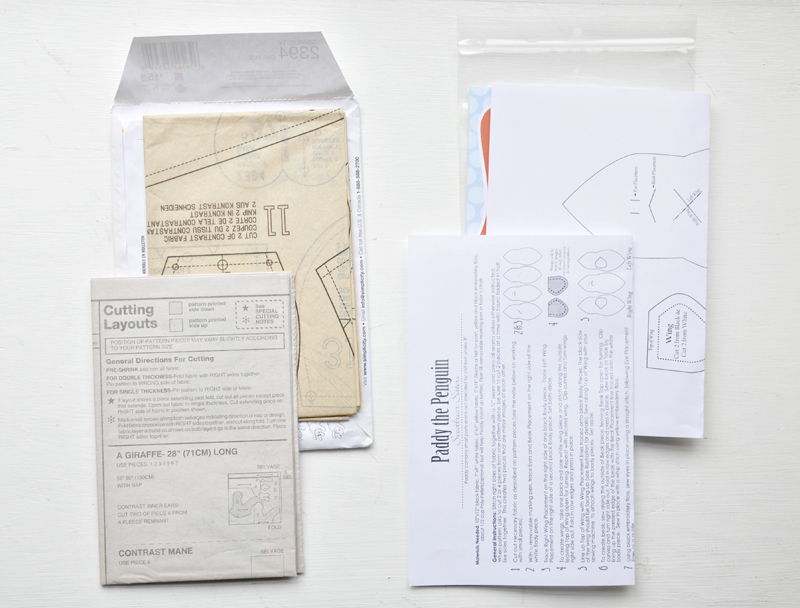
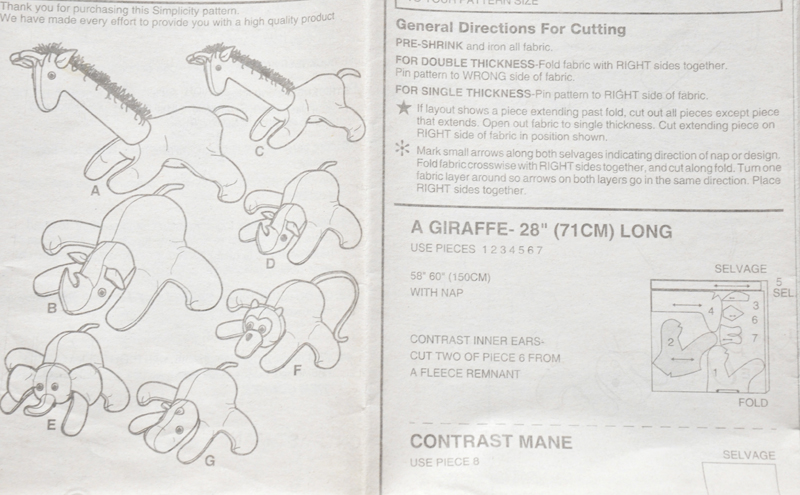
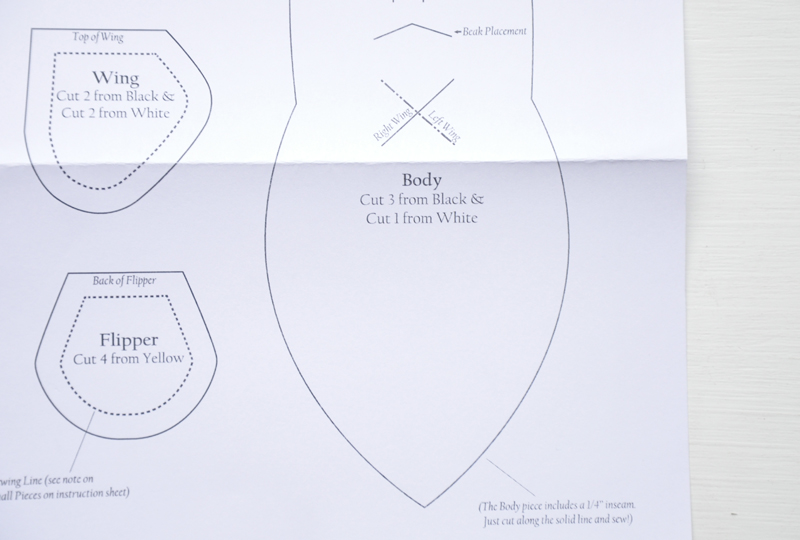
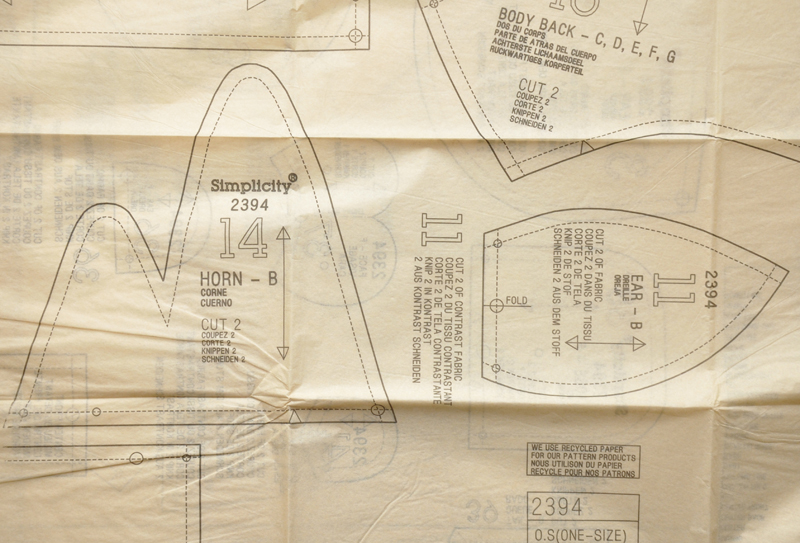
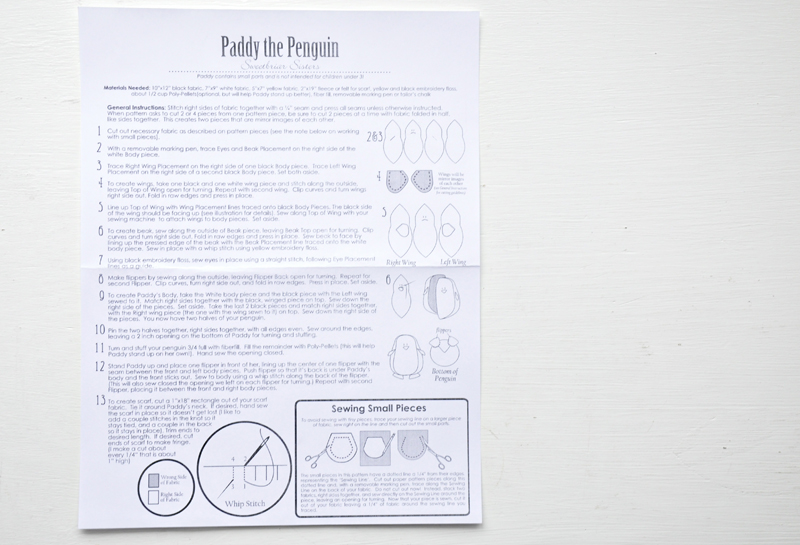
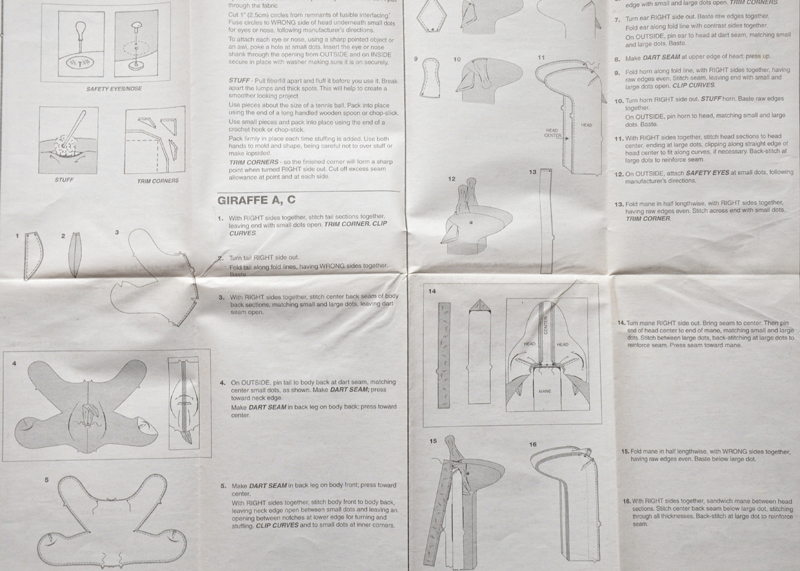
Thank you so very much Jessica! I have a grown daughter (32) who is just now interested in learning to sew. Her girls have looooong legs, and she is finding it impossible to find dresses or skirts for them that are modest. Since she lives 150 miles from me, I am limited in my ability to help her with her learning process. You can accomplish just so much via telephone! Your instructions will be very helpful for her, I’m sure.
I’m so glad to help! I’m 5′ 10″, so I completely understand the difficulty in finding clothes that are long enough- it’s hard! Good luck with your phone call lessons!
Thank you Jessica for sharing this! I relatively new to sewing and always feeling daunted when I look at a pattern. Now, I will have a bit more confidence when I tackle my next project……….
I’m so glad! If you have any questions, please feel free to ask!
This is a great post to take that intimidation of Big Four patterns away. I think once people know how much information is inside they will enjoy sewing more involved projects and have more professional results.
By the way, the grain arrow is not just to keep you from placing the pattern piece on the bias. It is too be lined up with the selvedge, very important to the eventual drape of the garment. Cross grain hangs differently and stretches more than straight of grain (in line with the selvedge) so it is important that grain arrows follow the straight of grain which is the direction of the selvedge. This has all been taken into consideration by the original designer so important to follow.
Bunny- thank you so much for the input. I’m going to add that info into the post!
Thanks so much! My 7 year old niece has been begging me for sewing lessons but before I start them I want to make her a workbook to follow along with as a sneaky way to teach her that reading is important. This will be a perfect addition to her book.
I’m so glad!